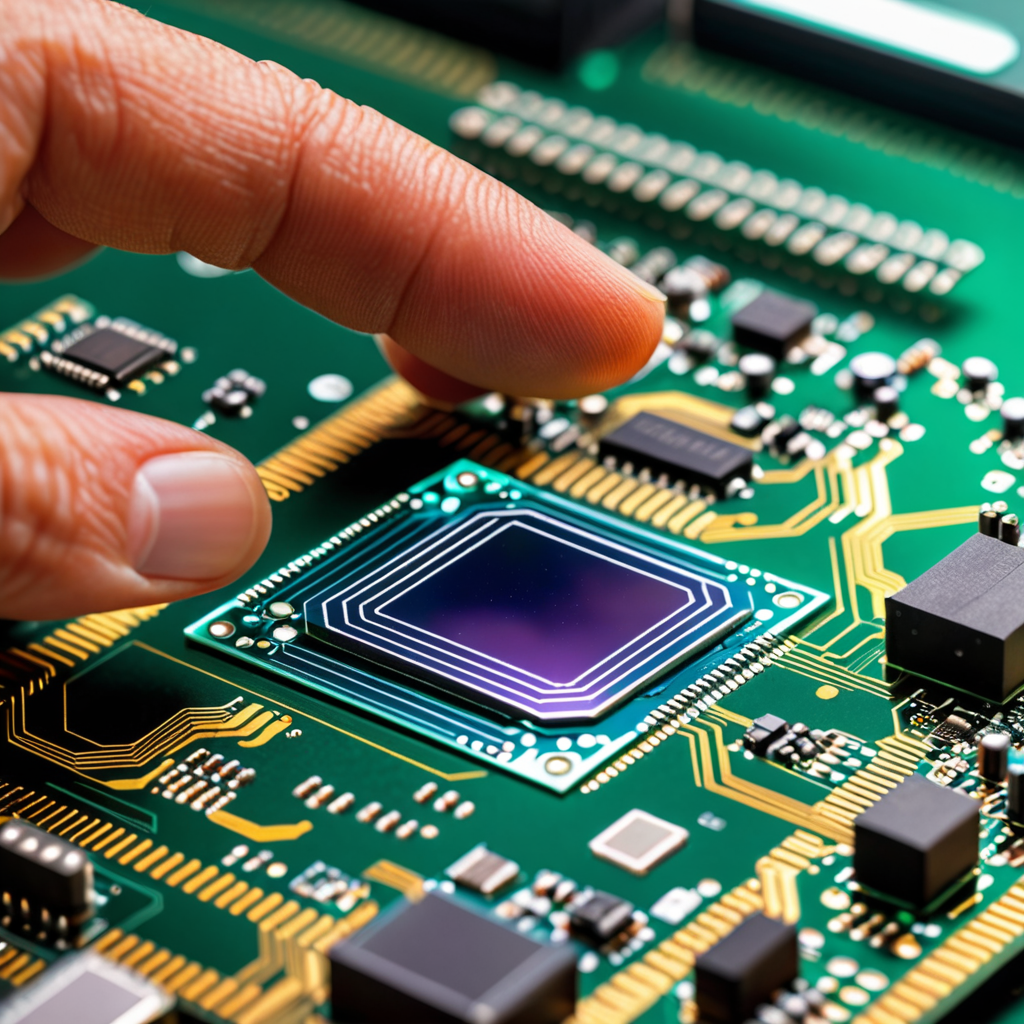
Nanotechnology in Flexible Electronics: Bendable Electronics with Nanotech
Nanotechnology has revolutionized the field of electronics, paving the way for bendable and flexible electronic devices that were once deemed impossible. In this blog post, we will explore the innovative world of nanotechnology in flexible electronics and how it has transformed the way we perceive and interact with technology.
The Rise of Flexible Electronics
Flexible electronics represent a paradigm shift in the design and function of electronic devices. By utilizing nanotechnology, researchers have been able to develop electronic components that can bend, stretch, and conform to various shapes without compromising performance.
How Nanotech Enables Flexibility
Nanotechnology involves manipulating materials at the nanoscale, allowing for the precise control and engineering of electronic components. By designing structures at the nanoscale, materials can exhibit unique properties such as flexibility, transparency, and conductivity – essential traits for flexible electronics.
Applications of Flexible Electronics
The applications of flexible electronics are vast and span across various industries. From wearable health monitors and flexible displays to roll-up solar panels and bendable smartphones, the potential uses of flexible electronics are limitless.
Nanotechnology’s Role in Enhancing Durability
One of the key benefits of integrating nanotechnology into flexible electronics is the enhancement of durability. Nanomaterials are inherently stronger and more resilient, allowing flexible devices to withstand bending, twisting, and stretching without succumbing to damage.
Challenges and Future Directions
Despite the advancements in nanotechnology for flexible electronics, challenges such as scalability, cost-effectiveness, and mass production remain. Researchers continue to work towards overcoming these hurdles to bring flexible electronics to the mainstream market.
The Future of Flexible Electronics
As nanotechnology continues to evolve and innovate, the future of flexible electronics holds immense promise. From flexible sensors for IoT applications to foldable electronic devices that seamlessly adapt to our needs, the possibilities are boundless in the realm of bendable electronics.
FAQs about Nanotechnology in Flexible Electronics
What is nanotechnology in flexible electronics?
Nanotechnology in flexible electronics refers to the use of extremely small materials at the nanoscale to create electronic components that can be bent, folded, or stretched without losing functionality.
How does nanotech enable bendable electronics?
Nanotechnology allows for the manipulation of materials at the molecular level, making it possible to create flexible electronic devices using nanomaterials like carbon nanotubes and graphene, which exhibit extraordinary mechanical strength and electrical conductivity.
What are the benefits of bendable electronics with nanotech?
Bendable electronics made with nanotechnology offer advantages such as lightweight design, durability, energy efficiency, and the ability to conform to various shapes and surfaces, paving the way for innovative applications in wearable technology, healthcare, and more.


